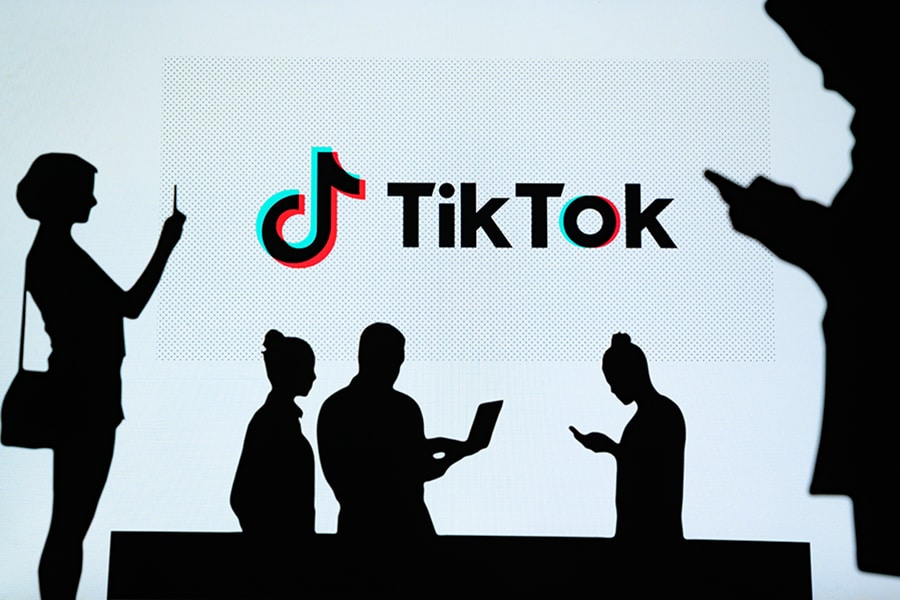
How TikTok keeps you watching
The app, 2021's central vehicle for youth culture and online culture, displays an endless stream of videos and, unlike the social media apps it is increasingly displacing, serves more as entertainment than as a connection to friends
 If you’re among the billion people (literally!) who spend time on TikTok every month, you’re familiar with the app as 2021’s central vehicle for youth culture and online culture generally
If you’re among the billion people (literally!) who spend time on TikTok every month, you’re familiar with the app as 2021’s central vehicle for youth culture and online culture generally
Image: Shutterstock
There are four main goals for TikTok’s algorithm: “user value,” “long-term user value,” “creator value,” and “platform value.”
That set of goals is drawn from a frank and revealing document for company employees that offers new details of how the most successful video app in the world has built such an entertaining — some would say addictive — product.
The document, headed “TikTok Algo 100,” was produced by TikTok’s engineering team in Beijing. A company spokesperson, Hilary McQuaide, confirmed its authenticity, and said it was written to explain to nontechnical employees how the algorithm works. The document offers a new level of detail about the dominant video app, providing a revealing glimpse both of the app’s mathematical core and insight into the company’s understanding of human nature — our tendencies toward boredom, our sensitivity to cultural cues — that help explain why it’s so hard to put down. The document also lifts the curtain on the company’s seamless connection to its Chinese parent company, ByteDance, at a time when the U.S. Department of Commerce is preparing a report on whether TikTok poses a security risk to the United States.
If you’re among the billion people (literally!) who spend time on TikTok every month, you’re familiar with the app as 2021’s central vehicle for youth culture and online culture generally. It displays an endless stream of videos and, unlike the social media apps it is increasingly displacing, serves more as entertainment than as a connection to friends.
©2019 New York Times News Service







